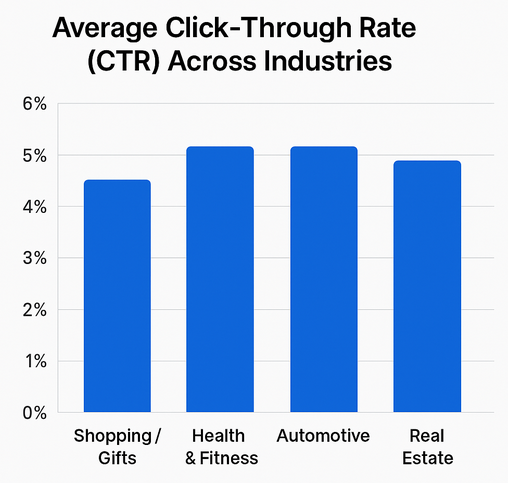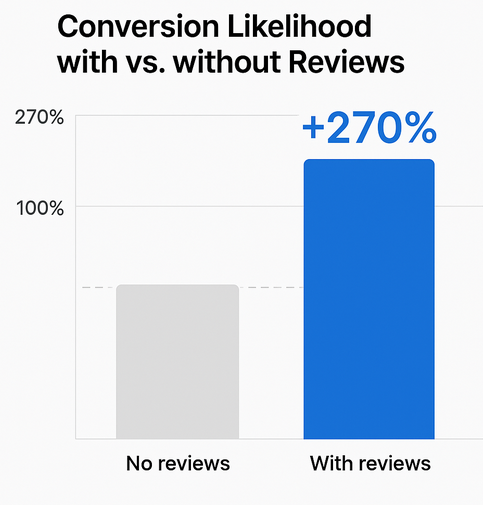1. Use Cognitive Fluency to Make Ads Instantly Understandable
People are more likely to click when the message is processed effortlessly. This is known as cognitive fluency.

Average Google Ads search ad click-through rate across industries (2025 benchmark)
Studies show that ads with simple, direct messaging increase click-through rates by up to 45% compared to complex wording. When the brain saves effort, it rewards the action with higher engagement.
How to apply:
-
Use short headlines with one clear value proposition.
-
Avoid jargon.
-
Choose visuals with one focal point instead of crowded scenes.
2. Trigger the Curiosity Gap
Humans are wired to resolve missing information. The curiosity gap—the tension between what people know and what they want to know—can increase engagement significantly.
Campaigns using curiosity-driven messaging ("What most marketers miss about…") often see CTR lifts of 20–35%.
How to apply:
-
Ask an intriguing question.
-
Suggest an unexpected insight without revealing it fully.
-
Use phrasing that hints at a benefit that can only be accessed by clicking.
3. Use Social Validation to Reduce Risk Perception
When people see that others have already taken an action, they are far more likely to follow.

Conversion likelihood with vs. without social proof (reviews/testimonials): +270% uplift
According to research, ads featuring social proof elements can increase conversion likelihood by up to 108%.
How to apply:
-
Showcase usage numbers or popularity claims.
-
Highlight customer ratings or testimonials.
-
Use badges or signals of credibility.
4. Leverage Loss Aversion to Make Inaction Feel Costly
Behavioral science shows that losses feel twice as powerful as gains. People click more when they feel they might miss out.
Time-sensitive or limited-availability messages often increase response rates by 30% or more.
How to apply:
-
Use countdowns or limited-time phrasing.
-
Highlight what users risk losing ("Don’t overspend on ads again").
-
Show the cost of staying with the status quo.
5. Use Anchoring to Make Your Offer Instantly Attractive
Anchoring biases users toward the first number or idea they see. If the “anchor” is strong, the rest of the offer feels more valuable.
Pricing studies show anchoring can shift perceived value by 20–50%.
How to apply:
-
Show the original baseline before the improved result.
-
Compare old vs new performance.
-
Present a strong reference point that makes your offer look superior.
Final Thoughts
The most clickable ads work not because they shout louder, but because they align with how the human brain makes decisions. By applying these psychological triggers thoughtfully, you can dramatically increase attention, engagement, and action.

